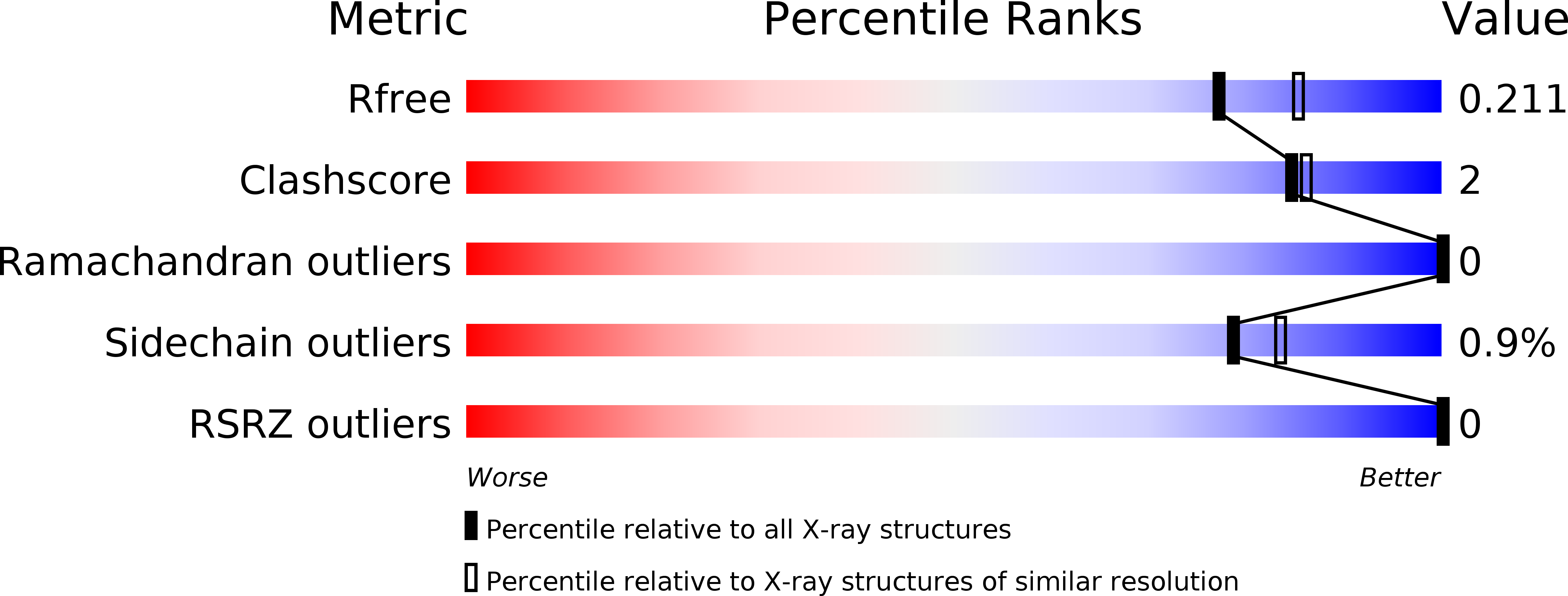
Deposition Date
2014-02-27
Release Date
2014-11-05
Last Version Date
2024-11-06
Entry Detail
PDB ID:
4PPR
Keywords:
Title:
Crystal structure of Mycobacterium tuberculosis D,D-peptidase Rv3330 in complex with meropenem
Biological Source:
Source Organism:
Mycobacterium tuberculosis (Taxon ID: 83332)
Host Organism:
Method Details:
Experimental Method:
Resolution:
2.00 Å
R-Value Free:
0.21
R-Value Work:
0.18
R-Value Observed:
0.18
Space Group:
P 41 2 2


